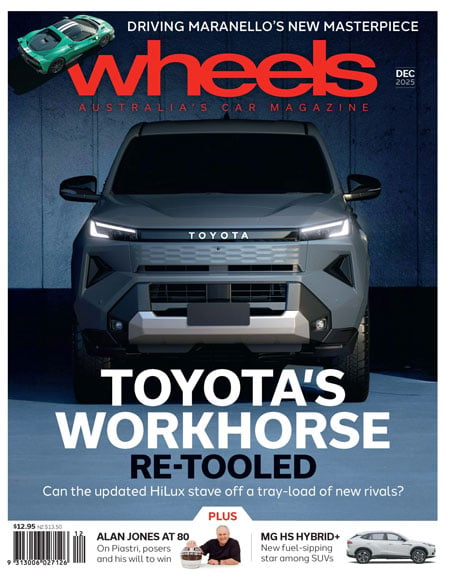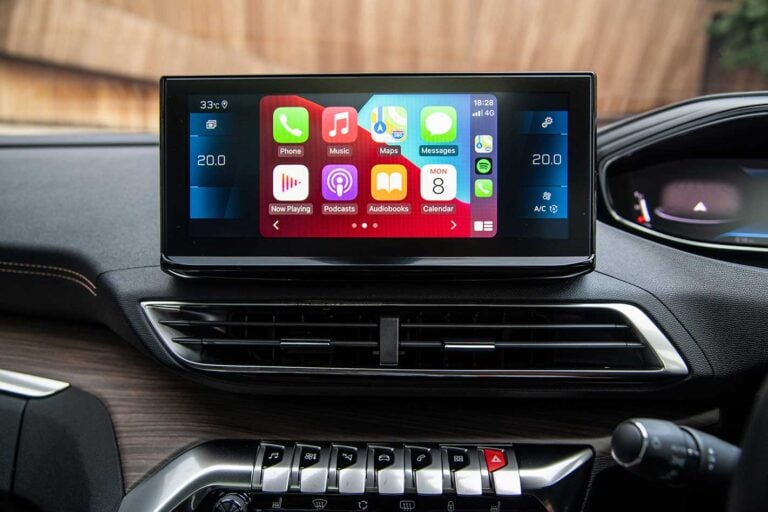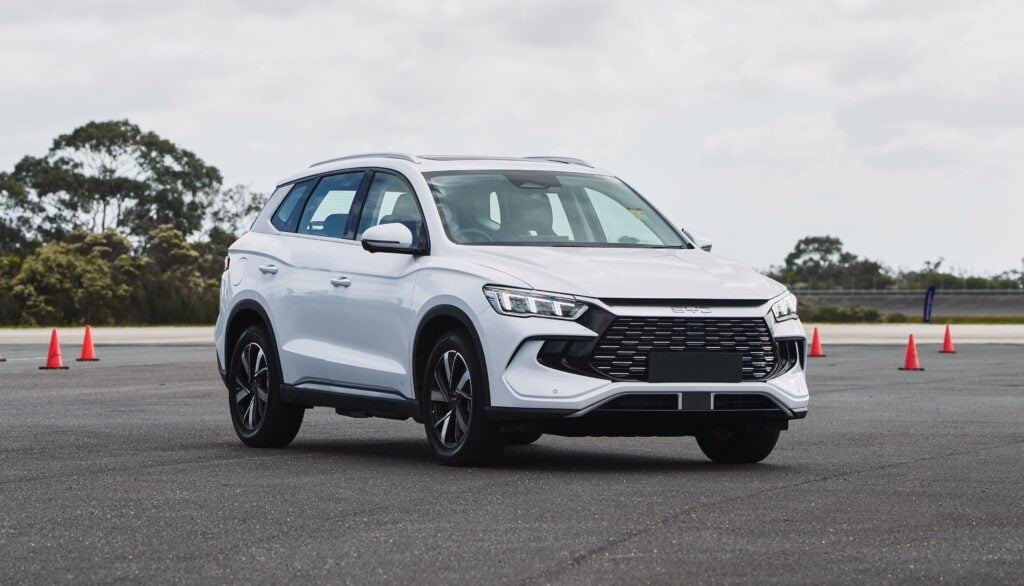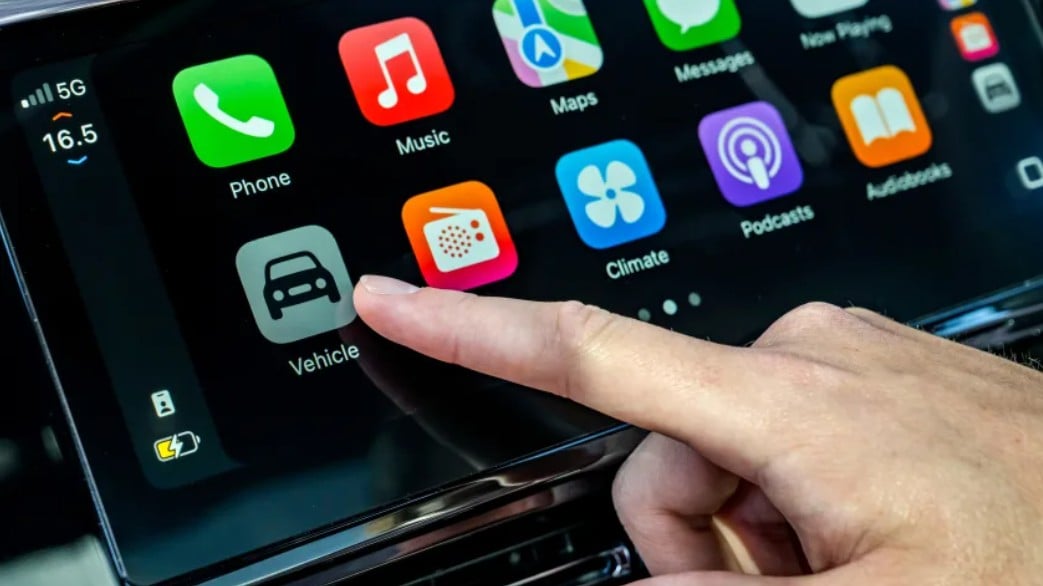
Apple’s next iPhone software update is set to make CarPlay a little more flexible, especially for drivers using larger infotainment screens. iOS 26.2, expected to roll out to the public in mid-December 2025, builds on the redesign introduced with iOS 26 earlier this year and focuses on giving users more control over what appears on the dashboard display.
The headline change is for vehicles with wide or high-resolution CarPlay layouts. Where these cars previously supported two configurable widget tiles, iOS 26.2 allows a third. In practical terms, that means more glanceable information without jumping between apps. Apple’s widget system in CarPlay already supports things like music, navigation shortcuts, weather, calendar items and third-party Live Activities, and the extra slot should help reduce screen switching during a drive.
Live Activities – added to CarPlay in a prior iOS 26 update – remain part of the mix. Depending on what’s on an iPhone, these tiles can show real-time updates such as sports scores, delivery tracking or timers, alongside more traditional widgets. The idea is to keep short, time-sensitive info visible while leaving the main app area free for navigation or media.
A smaller but likely welcome tweak involves Messages. CarPlay currently mirrors the iPhone’s pinned conversations view, keeping selected threads at the top of the list. With iOS 26.2, drivers can disable that pinned section, returning Messages to a simple chronological list if they prefer.
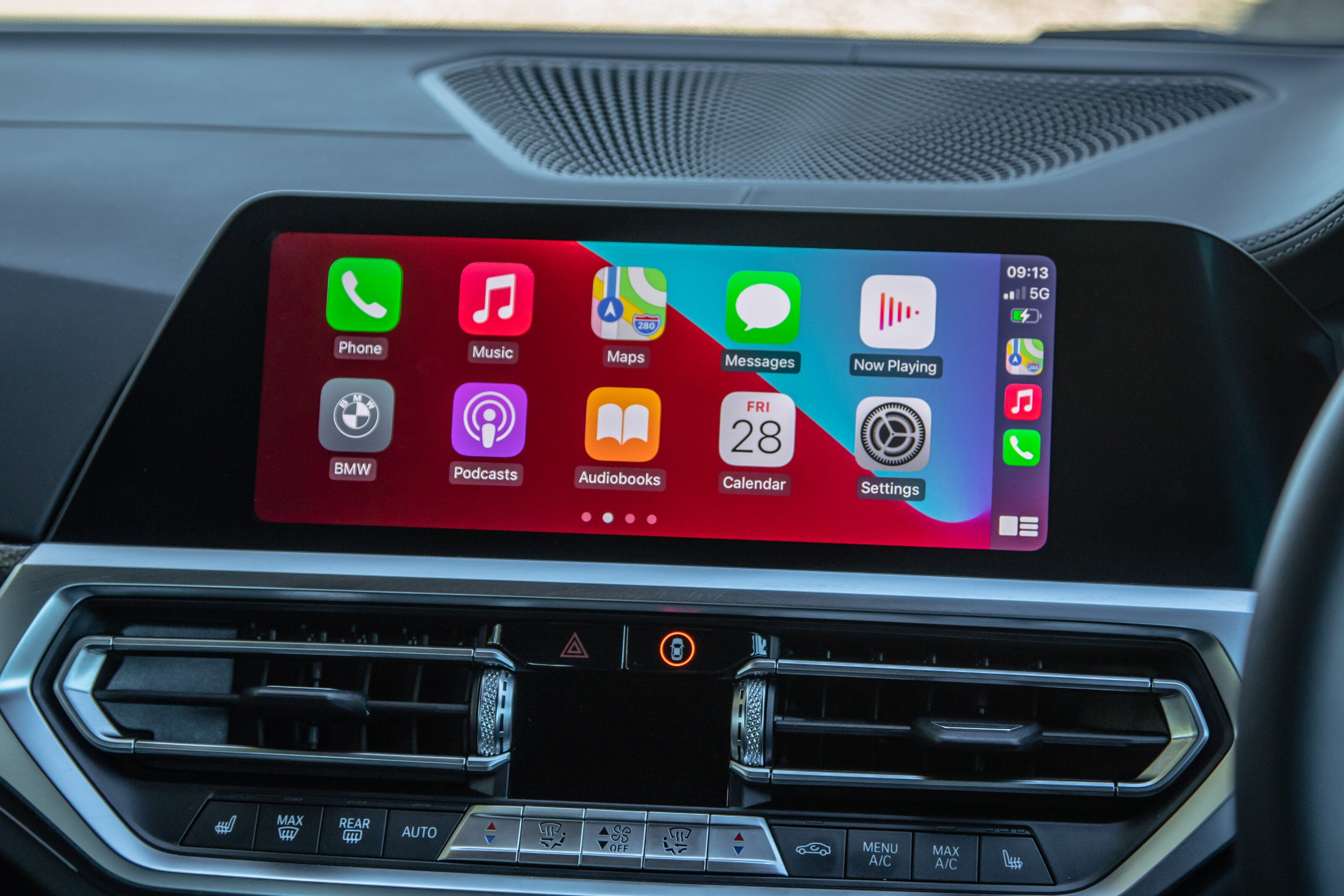
iOS 26.2 will be available for iPhone 11 and newer, so most current CarPlay users will be able to access the changes once the update lands.
None of this reaches the scope of CarPlay Ultra, Apple’s newer in-car system that takes over multiple displays and integrates vehicle controls. Ultra launched in 2025 starting with Aston Martin models, adding full-screen instrument-cluster themes and access to functions like climate and drive modes inside the CarPlay interface. For everyone else, though, iOS 26.2 is another nudge toward a more custom, less distracting CarPlay.
